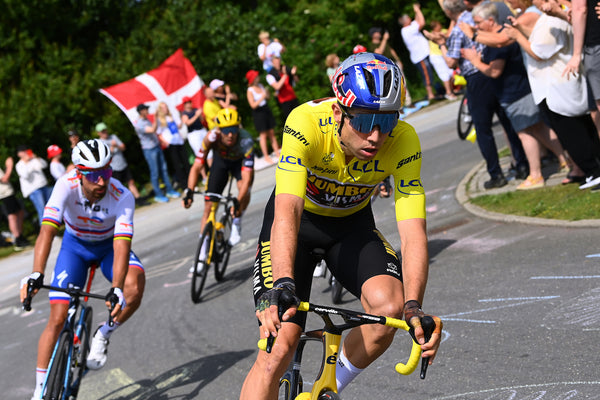Tour de France 2022, stage four
Distance: 171.5km
Start location: Dunkerque
Finish location: Calais
Start time: 12.15 BST
Finish time (approx): 16.14 BST
Time and distance are the two crucial measurements of the Tour de France. The rider who covers the set distance of the day, or of the whole race, in the shortest time, is the winner and cycling is no more complicated than that.
Time and distance are also central pillars of France’s culture and heritage. In the 1790s, French scientists worked on measurements and calculations, using new technology and deductive reasoning, that would not only work out the size of the world, but also to give it its universal unit of measurement. The French Academy of Sciences worked out the distance between the North Pole and Equator on a straight line that ran through Paris – the Paris Meridian – divided by a million, and the result was: one metre. Bike races tend to be measured in kilometres rather than metres, but the real challenges of a race – the climbs – are always reduced, painfully, to individual vertical metres.
>>> Tour de France 2022 route: Everything you need to know about the stages of the 109th edition
The Paris Meridian was a rival to the Greenwich Meridian to be the world’s prime meridian. It was only in 1884 that the International Meridian Conference decided that Greenwich would henceforth be 0 degrees longitude, but it took the French another 27 years to accept the convention. It ran through Paris, obviously, but it also linked France’s northernmost city, Dunkirk (which is further north than Brighton, Exeter and Plymouth), and one of its most southern, Carcassonne, in a straight line. The riders of the 2022 Tour, who will start in Dunkirk on the morning of stage four and end up in Carcassonne two weeks later for the end of stage 15 and the third rest day, may wish that they could take the direct route, rather than wiggling through the Vosges, Alps and Massif Central en route.
The route of stage four is similarly reluctant to take straight lines. The parcours describes a rough semi-circle south from Dunkirk, pitching the riders into a punchy traverse of the Parc Naturel Régional des Caps et Marais d’Opale, an area of sand dunes and small hills culminating in the steep cliffs of the channel, and then along the coast to Calais. As in the Danish stages, the altitude is never very intimidating – the highest point today is 199m – but the repetition of steep climbs and the narrow roads,…

